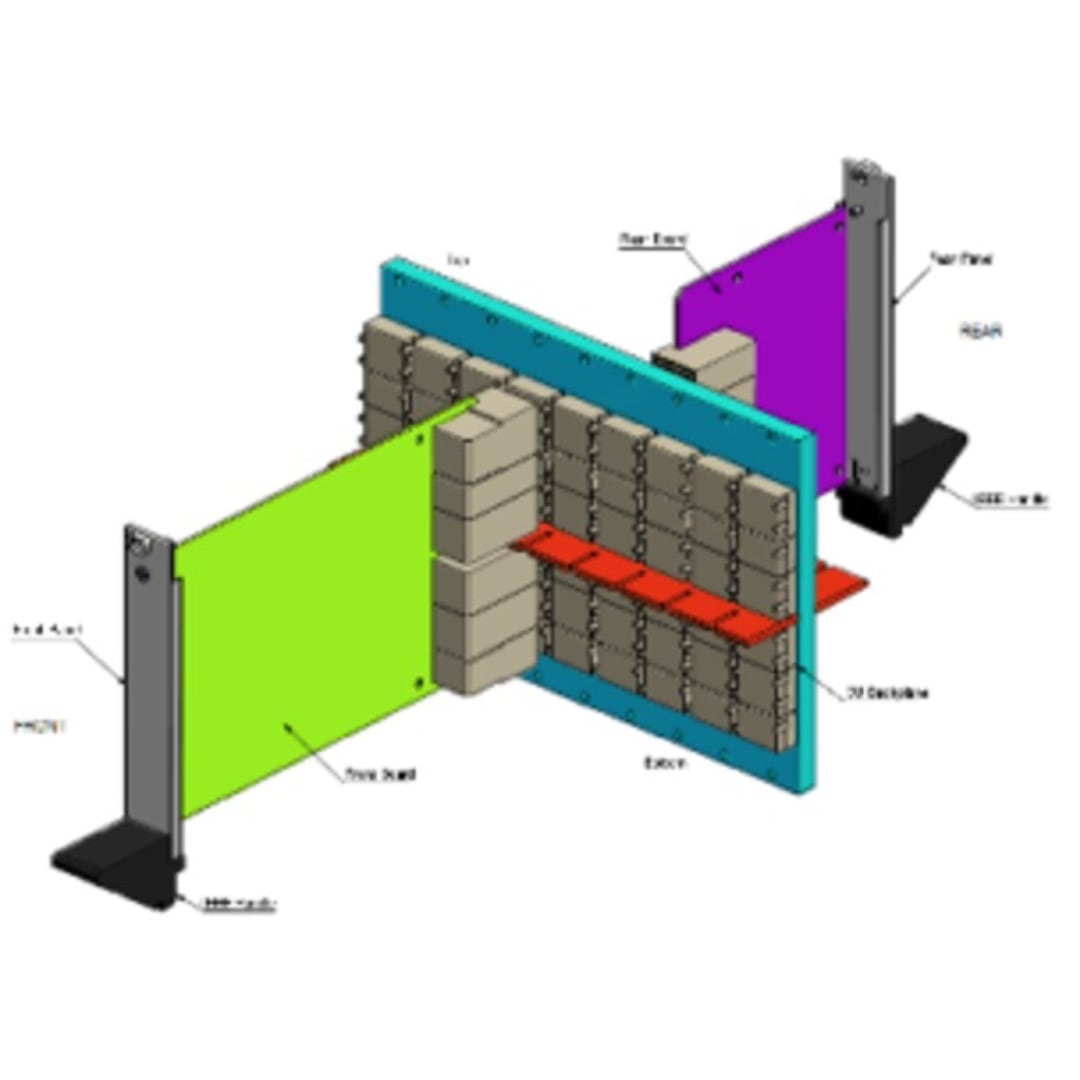Release 3 of the CompactPCI Serial specification increases available bandwidth and data transfer rates for CompactPCI Serial applications.

PICMG, a consortium that develops open standards for embedded computing, has announced the release of PICMG CompactPCI Serial Revision 3 (CPCI-S.0 R3.0). This update is intended to support continued scalability and relevance for evolving industrial needs. CompactPCI Serial was initially developed as an extension of the open CompactPCI standard to address requirements for modular computer systems in industrial and embedded applications. CompactPCI Serial is used inindustrial and automation applications that require modularity, interoperability and reliable operation in demanding environments with extensive connectivity requirements.
CompactPCI supports serial data transfer rates via PCI Express, USB, and Ethernet. It features a design with AirMax connectors and maintains compatibility with CompactPCI cards using 3U/6U slot card systems. Revision 3 introduces several changes compared to revision 2, including the following:
- Full PCI Express (PCIe) support: While R2 supported PCI Express up to Gen3 with 8 GT/s, R3 adds support for PCI Express Gen4 with 16 GT/s, doubling the data transfer rate.
- USB support: USB interface support has been updated from USB 3.0 (Gen1) with 5 Gb/s in R2 to USB 3.1 (Gen2) with 10 Gb/s in R3, providing higher data transfer capacity.
- Ethernet: R3 introduces support for 10GBASE-T and 10GBASE-KR Ethernet, enabling higher bandwidth network speeds.
- Connectors: To support higher data rates, Release 3 uses new AirMax VSe high-speed connectors for CPU boards, replacing AirMax VS connectors from Release 2. These connectors maintain full backward and forward compatiblity.
The CompactPCI specification defines a modular computer system composed of a backplane, a system slot, and up to 24 peripheral boards. Its mechanical design is backward compatible with CompactPCI and works with existing systems. A system slot board can also be used in a peripheral slot to support multiprocessing. Ethernet is a commonly usedcommunication method in such setups, utilizing standards ‘xxBase-T’ cables rather than dedicated backplane standards. This can reduce cost and enhance interoperability, currently supporting data throughput up to 10 Gb/s. Ethernet connectivity on a system board can also be implemented via a mezzanine board (3U or 6U), allowing greater flexibility by decoupling Ethernet use from the system board design.
CompactPCI Serial can be combined with existing CompactPCI boards using a CompactPCI PlusIO system slot card. These hybrid systems provide a practical migration path from parallel to serial connections. CompactPCI Serial for Space is designed tomeet the environmental requirements for outer space applications. Developers working on applications for challenging industrial or aviation environments can download the new specification from the PICMG website. PICMG member companies have begun developing products based on the new specification, and preparation for the release of revision 4 is underway.
Edited by Puja Mitra, WTWH Media, for Control Engineering, from a PICMG news release.



